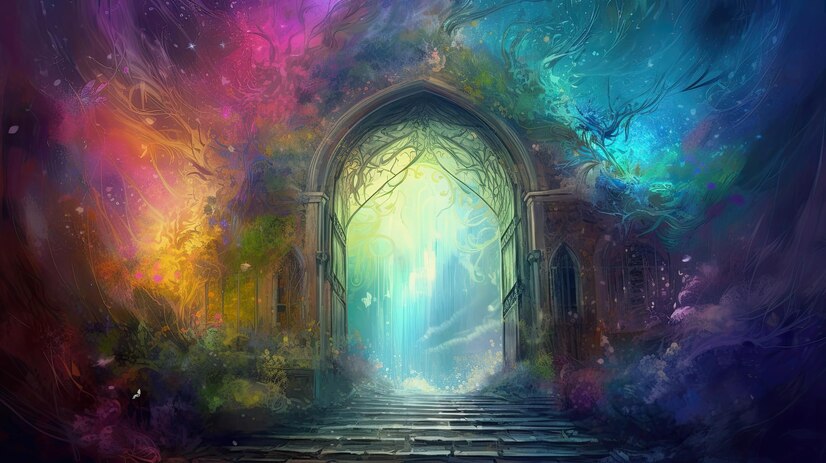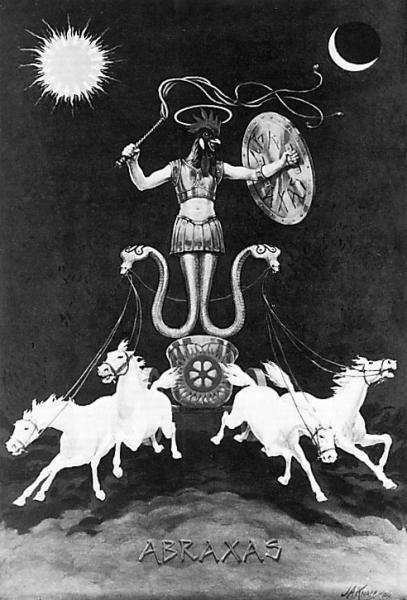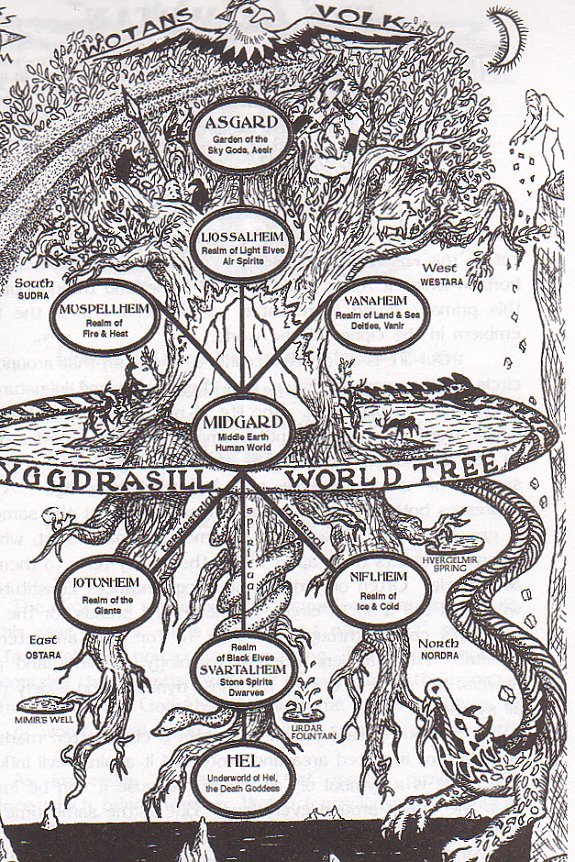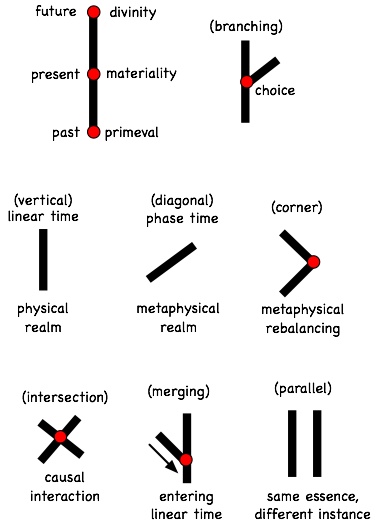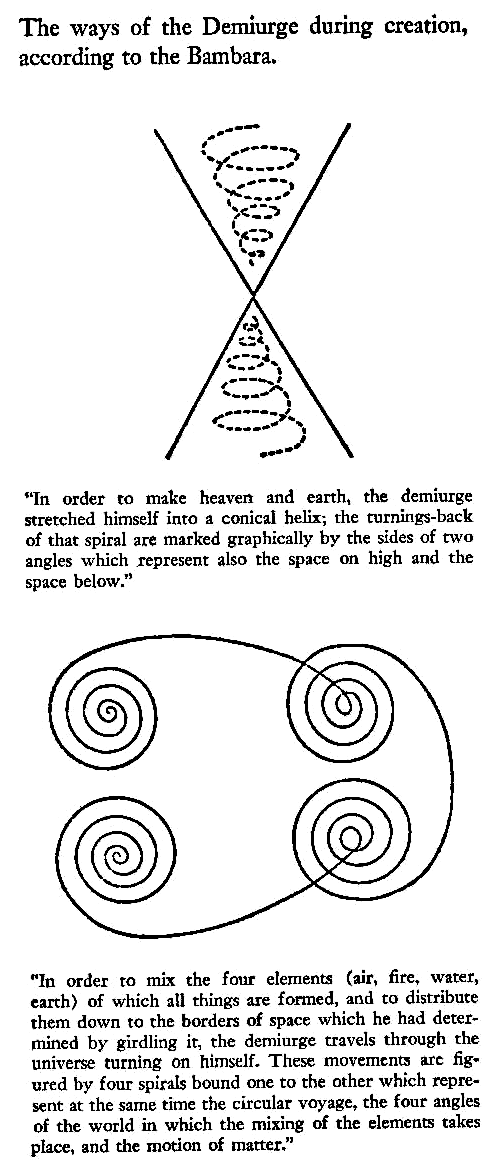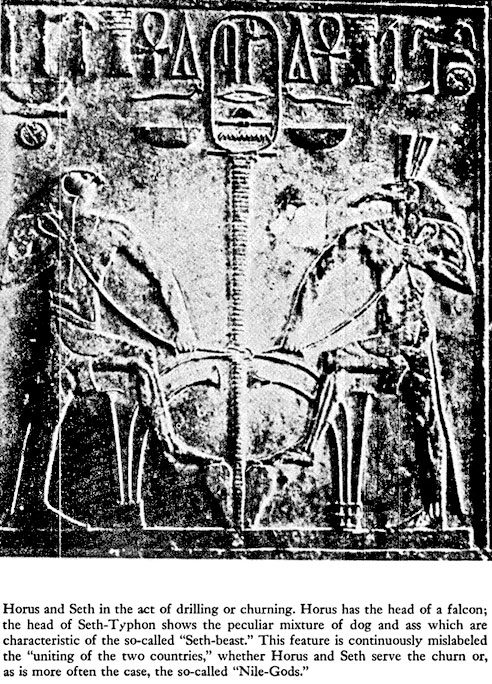(Funny what you find when you're looking for something else)
Lately I have been looking at various systems of understanding that I have studied from a variety of different perspectives. And I have been looking at the system of astrological interpretations from an inside to outside perspective, and then turn it around and also look at it from an outside to inside perspective. I do this because it seems to be telling a story that, when told this way, is quite close to how I see things. It is like the inflow and the outflow are happening at the same time, but we have learned to only tune into the inflow, as if it is coming from outside ourselves, when actually we are also participating in the outflow that is coming from our divine spirit selves having this experience here.
Just as we have cells within our bodies, we are also the cells of a body that, as individuals cells, cannot see the whole of which it is a part of. We cannot fully grasp this with our minds alone, it seems, but when we use our hearts and minds, it can begin to inform us according to a larger perspective. And you can expand that out even further to the planets, solar systems, galaxies, and so on. No end to large, no end to small.
Many are trying to understand this adversarial force that we all encounter in our lives. And many have also looked to Saturn, as it is all about time, challenges of all sorts, limits, boundaries, structure and form, authority figures, and karmic harshness as it expresses itself in our lives. If you are a natural Capricorn by nature, you may take all of this in stride, but for most, Saturn is not their favorite planet. It is mythologically associated with Cronus and the adversarial force of Satan.
I am going to diverge here, for a bit, because I stumbled across something else that provides an important piece of the puzzle. Strangely I was led to Wikipedia, which is not my usual first choice when searching for information. But, it seems quite pertinent to where I want to go with this. So I ask you to bear with me as I share these and pull out the pertinent parts.
So, first I just did a Google search for Cronus. Here is what I found there:
Not to be confused with Chronos, the personification of time.
In Greek mythology, Cronus was the leader and youngest of the first generation of Titans, the divine descendants of Uranus, the sky, and Gaia, the earth. He overthrew his father and ruled during the mythological Golden Age, until he was overthrown by his own son Zeus and imprisoned in Tartarus.
so then I looked up Chronos:
Chronos is the personification of Time in pre-Socratic philosophy and later literature.
Chronos is a god, serpentine shape in form, with three heads—those of a man, a bull, and a lion. He and his consort, serpentine Ananke (Inevitability), circled the primal world egg in their coils and split it apart to form the ordered universe of earth, sea and sky. Chronos was confused with, or perhaps consciously identified with, due to the similarity in name, the Titan Cronus already in antiquity, the identification becoming more widespread during the Renaissance, giving rise to the allegory of "Father Time" wielding the harvesting scythe. He was depicted in Greco-Roman mosaics as a man turning the Zodiac Wheel. Chronos, however, might also be contrasted with the deity Aion as Eternal Time. Chronos is usually portrayed through an old, wise man with a long, grey beard, similar to Father Time. Some of the current English words whose etymological root is khronos/chronos include chronology, chronometer, chronic, anachronism, and chronicle.
Mythical cosmogonies
In the Orphic cosmogony, the unaging Chronos produced Aether and Chaos, and made a silvery egg in the divine Aether. It produced the hermaphroditic god Phanes, who gave birth to the first generation of gods and is the ultimate creator of the cosmos. Pherecydes of Syros in his lost Heptamychos (the seven recesses), around 6th century BC, claimed that there were three eternal principles: Chronos, Zas (Zeus) and Chthonie (the chthonic). The semen of Chronos was placed in the recesses and produced the first generation of gods.
In addition to the name, the story of Cronus eating his children was also interpreted as an allegory to a specific aspect of time held within Cronus' sphere of influence. As the theory went, Cronus represented the destructive ravages of time which consumed all things, a concept that was definitely illustrated when the Titan king devoured the Olympian gods — the past consuming the future, the older generation suppressing the next generation. During the Renaissance, the identification of Cronus and Chronos gave rise to "Father Time" wielding the harvesting scythe.The original meaning and etymology of the word chronos are uncertain.
and then I looked up World Egg:
The world egg, cosmic egg or mundane egg is a mythological motif found in the creation myths of many cultures and civilizations. Typically, the world egg is a beginning of some sort, and the universe or some primordial being comes into existence by "hatching" from the egg, sometimes lain on the primordial waters of the Earth. One of the earliest ideas of "egg-shaped cosmos" comes from some of the Sanskrit scriptures. The Sanskrit term for it is Brahmanda (Brahm means 'cosmos' or 'expanding', anda means 'egg'). Certain Puranas such as the Brahmanda Purana speak of this in detail. The Rig Veda uses a similar name for the source of the universe: Hiranyagarbha, which literally means "golden fetus" or "golden womb". The Upanishads elaborate that the Hiranyagarbha floated around in emptiness for a while, and then broke into two halves which formed Dyaus (Heaven) and Prithvi (Earth). The Rig Veda has a similar coded description of the division of the universe in its early stages.


Greek mythology
The Orphic Egg in the Ancient Greek Orphic tradition is the cosmic egg from which hatched the primordial hermaphroditic deity Phanes/Protogonus (variously equated also with Zeus, Pan, Metis, Eros, Erikepaios and Bromius) who in turn created the other gods.[3] The egg is often depicted with a serpent wound around it. Many threads of earlier myths are apparent in the new tradition. Phanes was believed to have been hatched from the World-Egg of Chronos (Time) and Ananke (Necessity). His older wife Nyx (Night) called him Protogenus. As she created nighttime, he created daytime. He also created the method of creation by mingling. He was made the ruler of the deities and passed the sceptre to Nyx. This new Orphic tradition states that Nyx later gave the sceptre to her son Uranos before it passed to Cronus and then to Zeus, who retained it.
Phanes

Egyptian mythology
In the original myth concerning the Ogdoad, the world arose from the waters as a mound of dirt, which was deified as Hathor. Ra was contained within an egg laid upon this mound by a celestial bird. In the earliest version of this myth, the bird is a goose (it is not explained where the goose originates). However, after the rise of the cult of Thoth, the egg was said to have been a gift from Thoth and laid by an ibis, the bird with which he was associated.
Phoenician mythology
A philosophical creation story traced to "the cosmogony of Taautus, whom Philo of Byblos explicitly identified with the Egyptian Thoth—"the first who thought of the invention of letters, and began the writing of records"— which begins with Erebus and Wind, between which Eros 'Desire' came to be. From this was produced Môt which seems to be the Phoenician/Ge'ez/Hebrew/Arabic/Ancient Egyptian word for 'Death' but which the account says may mean 'mud'. In a mixed confusion, the germs of life appear, and intelligent animals called Zophasemin (explained probably correctly as 'observers of heaven') formed together as an egg, perhaps. The account is not clear. Then Môt burst forth into light and the heavens were created and the various elements found their stations. Following the etymological line of Jacob Bryant one might also consider with regard to the meaning of Môt, that according to the Ancient Egyptians Ma'at was the personification of the fundamental order of the universe, without which all of creation would perish. She was also considered the wife of Thoth.
Chinese mythology
In the myth of Pangu, developed by Taoist monks hundreds of years after Lao Zi, the universe began as an egg. A god named Pangu, born inside the egg, broke it into two halves: the upper half became the sky, while the lower half became the earth. As the god grew taller, the sky and the earth grew thicker and were separated further. Finally Pangu died and his body parts became different parts of the earth.
Vedic Mythology
One of the earliest ideas of "egg-shaped cosmos" comes from some of the Sanskrit scriptures. The Sanskrit term for it is Brahmanda (Brahm means 'cosmos' or 'expanding', anda means 'egg'). Certain Puranas such as the Brahmanda Purana speak of this in detail.
The Rig Veda (RV 10.121) uses a similar name for the source of the universe: Hiranyagarbha, which literally means "golden fetus" or "golden womb". The Upanishads elaborate that the Hiranyagarbha floated around in emptiness for a while, and then broke into two halves which formed Dyaus (Heaven) and Prithvi (Earth). The Rig Veda has a similar coded description of the division of the universe in its early stages.
Greek mythology
The Orphic Egg in the Ancient Greek Orphic tradition is the cosmic egg from which hatched the primordial hermaphroditic deity Phanes/Protogonus (variously equated also with Zeus, Pan, Metis, Eros, Erikepaios and Bromius) who in turn created the other gods.[3] The egg is often depicted with a serpent wound around it.
Many threads of earlier myths are apparent in the new tradition. Phanes was believed to have been hatched from the World-Egg of Chronos (Time) and Ananke (Necessity). His older wife Nyx (Night) called him Protogenus. As she created nighttime, he created daytime. He also created the method of creation by mingling. He was made the ruler of the deities and passed the sceptre to Nyx. This new Orphic tradition states that Nyx later gave the sceptre to her son Uranos before it passed to Cronus and then to Zeus, who retained it.
Egyptian mythology
In the original myth concerning the Ogdoad, the world arose from the waters as a mound of dirt, which was deified as Hathor. Ra was contained within an egg laid upon this mound by a celestial bird. In the earliest version of this myth, the bird is a goose (it is not explained where the goose originates). However, after the rise of the cult of Thoth, the egg was said to have been a gift from Thoth and laid by an ibis, the bird with which he was associated.
Phoenician mythology
A philosophical creation story traced to "the cosmogony of Taautus, whom Philo of Byblos explicitly identified with the Egyptian Thoth—"the first who thought of the invention of letters, and began the writing of records"— which begins with Erebus and Wind, between which Eros 'Desire' came to be. From this was produced Môt which seems to be the Phoenician/Ge'ez/Hebrew/Arabic/Ancient Egyptian word for 'Death' but which the account says may mean 'mud'. In a mixed confusion, the germs of life appear, and intelligent animals called Zophasemin (explained probably correctly as 'observers of heaven') formed together as an egg, perhaps. The account is not clear. Then Môt burst forth into light and the heavens were created and the various elements found their stations.
Following the etymological line of Jacob Bryant one might also consider with regard to the meaning of Môt, that according to the Ancient Egyptians Ma'at was the personification of the fundamental order of the universe, without which all of creation would perish. She was also considered the wife of Thoth.
Chinese mythology
In the myth of Pangu, developed by Taoist monks hundreds of years after Lao Zi, the universe began as an egg. A god named Pangu, born inside the egg, broke it into two halves: the upper half became the sky, while the lower half became the earth. As the god grew taller, the sky and the earth grew thicker and were separated further. Finally Pangu died and his body parts became different parts of the earth.
There is more after this, but I will stop here for now. I have to rearrange my mind again, as it just went through another rinse cycle I didn't know was there : )
